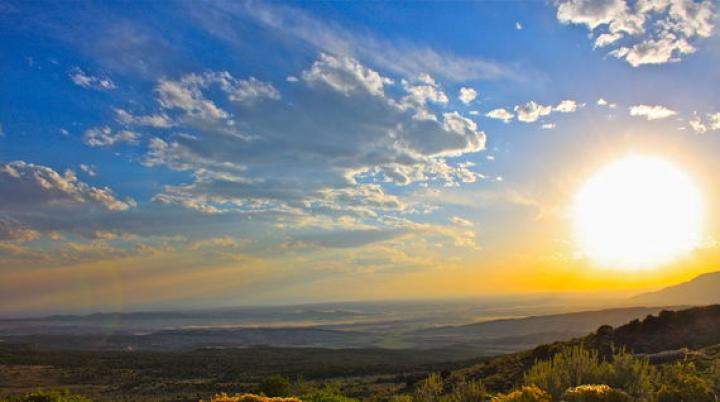First Day of Summer
- Kathy Graf
- Jun 17, 2021
- 2 min read
by Debbie Lanham, Program Specialist

In 2021, the June summer solstice occurs on Sunday, June 20, marking the start of summer. In the Northern Hemisphere, the June solstice (aka summer solstice) occurs when the Sun travels along its northernmost path in the sky. This marks the astronomical start of summer in the northern half of the globe. The June solstice occurs on Sunday, June 20, 2021, at 11:32 P.M.EDT. In 2021, it so happens that the solstice falls on the same day as Father’s Day!

Due to the Earth’s tilted axis, the Sun doesn’t rise and set at the same locations on the horizon each morning and evening; its rise and set positions move northward or southward in the sky as Earth travels around the Sun through the year. Also, the Sun’s track in the sky becomes higher or lower throughout the year. The June solstice is significant because the Sun reaches its northernmost point in the sky at this time, at which point the Sun’s path does not change for a brief period of time.

After the solstice, the Sun appears to reverse course and head back in the opposite direction. The motion referred to here is the apparent path of the Sun when one views its position in the sky at the same time each day, for example, at local noon. Over the year, its path forms a flattened figure eight, called an analemma. Of course, the Sun itself is not moving (unless you consider its own orbit around the Milky Way galaxy); instead, this change in position in the sky that we notice is caused by the tilt of Earth’s axis as it orbits the Sun, as well as Earth’s elliptical, rather than circular, orbit.

The timing of the June solstice is not based on a specific calendar date or time; it all depends on when the Sun reaches its northernmost point from the celestial equator. Therefore, the solstice won’t always occur on the same day.

Enjoy the longest day of the year by spending that extra time with your cat! Play a little longer, give your fur-baby an extra evening treat, snuggle on the sofa and then watch the beautiful June 20th sunset.








